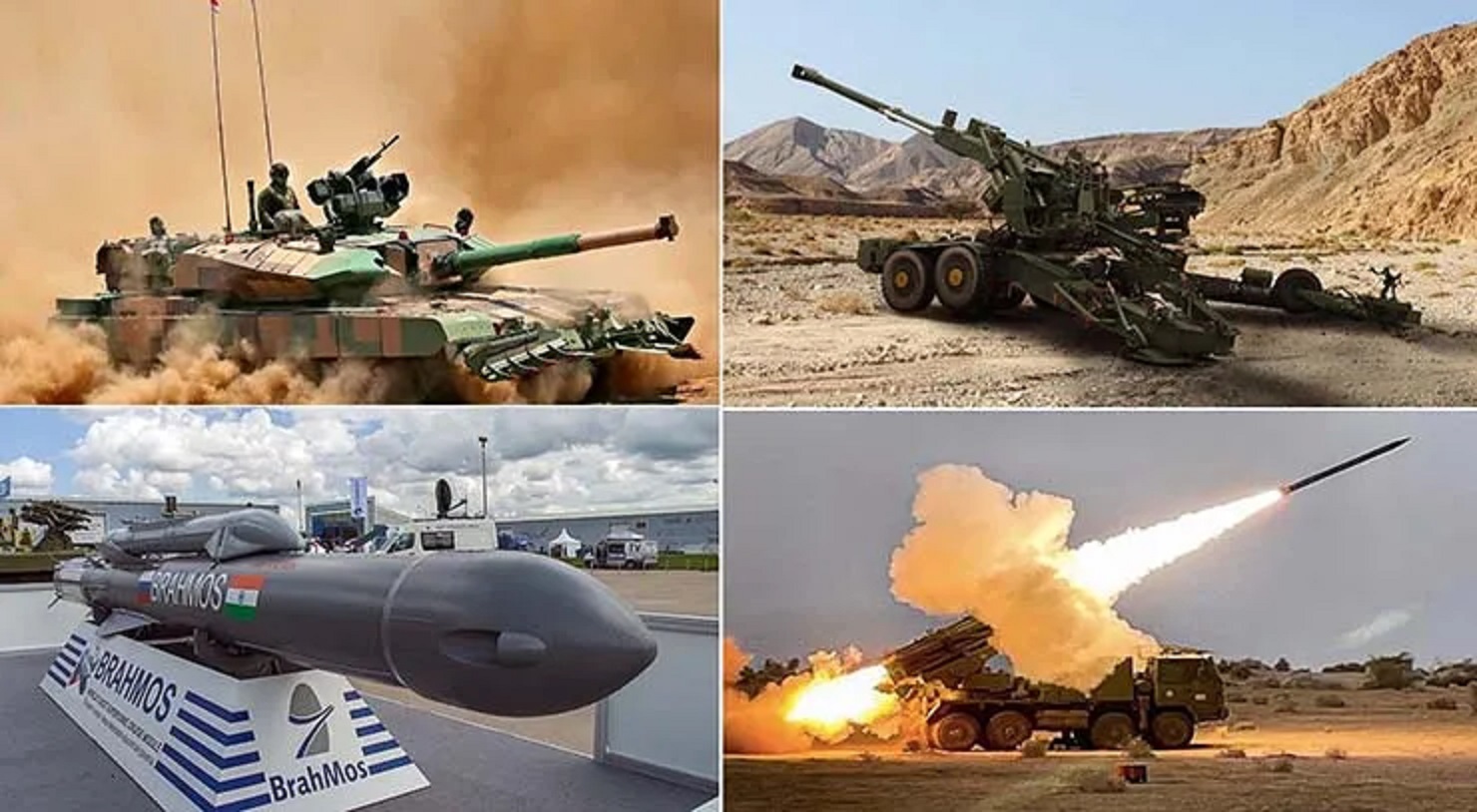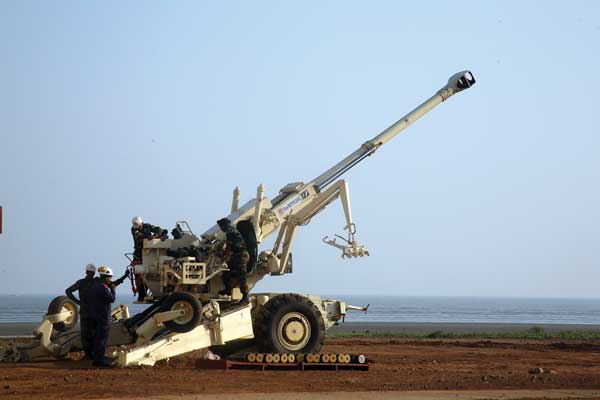- At the outset, let us make it obvious how the Indian armed forces are mostly dependent on overseas supplies to strengthen the military inventory. Mind you, 70% of our military inventory is sourced from overseas, specifically Russia. Of course, we also have military inventories representing France, the United Kingdom, and Israel to strengthen our fighting capabilities against adversaries aiming to destabilize sovereignty. For decades now, successive union governments have initiated several efforts at indigenizing our military capabilities to not only ensure we are self-sufficient in this extremely crucial domain defining the global order but also help the local military hardware industry to thrive amid competition emanating from around.

PC: Defence News
- We know several grandiose announcements from the Indian stable on domestic production of military inventories were made. The moot point to ponder over here is whether those announcements have resulted in India becoming not only self-sufficient but also exported to other countries. Let’s delve into this aspect. We have seen how fighters, tanks, and assault rifles were to be produced locally. Have these yielded the desired results? Not exactly. As reported, the army has started receiving the AK 203 assault rifle produced under an Indo-Russian JV at UP’s Korwa in Amethi district, 27,000 units have been delivered so far. This is good news. Not so good news is that questions remain about the indigenization process taking a definite shape.
- The rifles as of today have 25% indigenization. As such, most of the platform is simply being assembled here. True, the contractual terms envisage a phased scaling up of indigenization to 100%. However, the history of the development of assault rifles in India leaves one unsure. For the uninitiated, the AK 203 is supposed to replace the indigenous INSAS rifles inducted in the 1990s. INSAS had several flaws. A multicaliber assault rifle tender failed to obtain the requisite weapon and was scrapped in 2015. Thereafter, the army tried to source a rifle from the erstwhile Ordnance Factory Board, but that too failed. It was then that the JV for AK 203 was conceptualized to provide over 6.1 lakh rifles under a Rs. 5000cr contract.

PC: CENJOWS
- Expectedly, the production of the AK 203 was delayed due to cost, payment, and sanctions on Russian entities like Rosoboronexport, which is part of the AK 203 JV. This led to supply chain snags. The delays forced govt to go for the urgent purchase of 72,000 American SIG 716 rifles, even though such imports had been banned under the Positive Indigenization List. Yes, these snags need to be addressed. Indigenization of defense production, a strategic objective, will also have immense spillover effects for civilian sectors. The Govt must hand-hold defense indigenization for the long haul, just as initial govt investments made India a major global automobile ancillaries’ player, accounting for 2.3% of India’s GDP. Domestic defense production efforts must continue.






